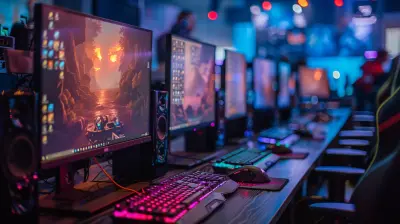Exploring Regional Esports Dominance: What Makes Some Countries Excel
4 June 2025
Esports has taken the world by storm. It's no longer just a niche hobby for gamers; it’s a global phenomenon that's reshaping entertainment, sports, and even how different cultures interact. But here’s the thing – not all countries are on equal footing when it comes to esports success. Some nations have achieved dominance, developing world-class players, teams, and ecosystems, while others struggle to catch up.
So, what’s the secret sauce? Why do some countries absolutely crush it in esports, leaving others lagging behind? Let’s break it down and figure out what makes these regions tick.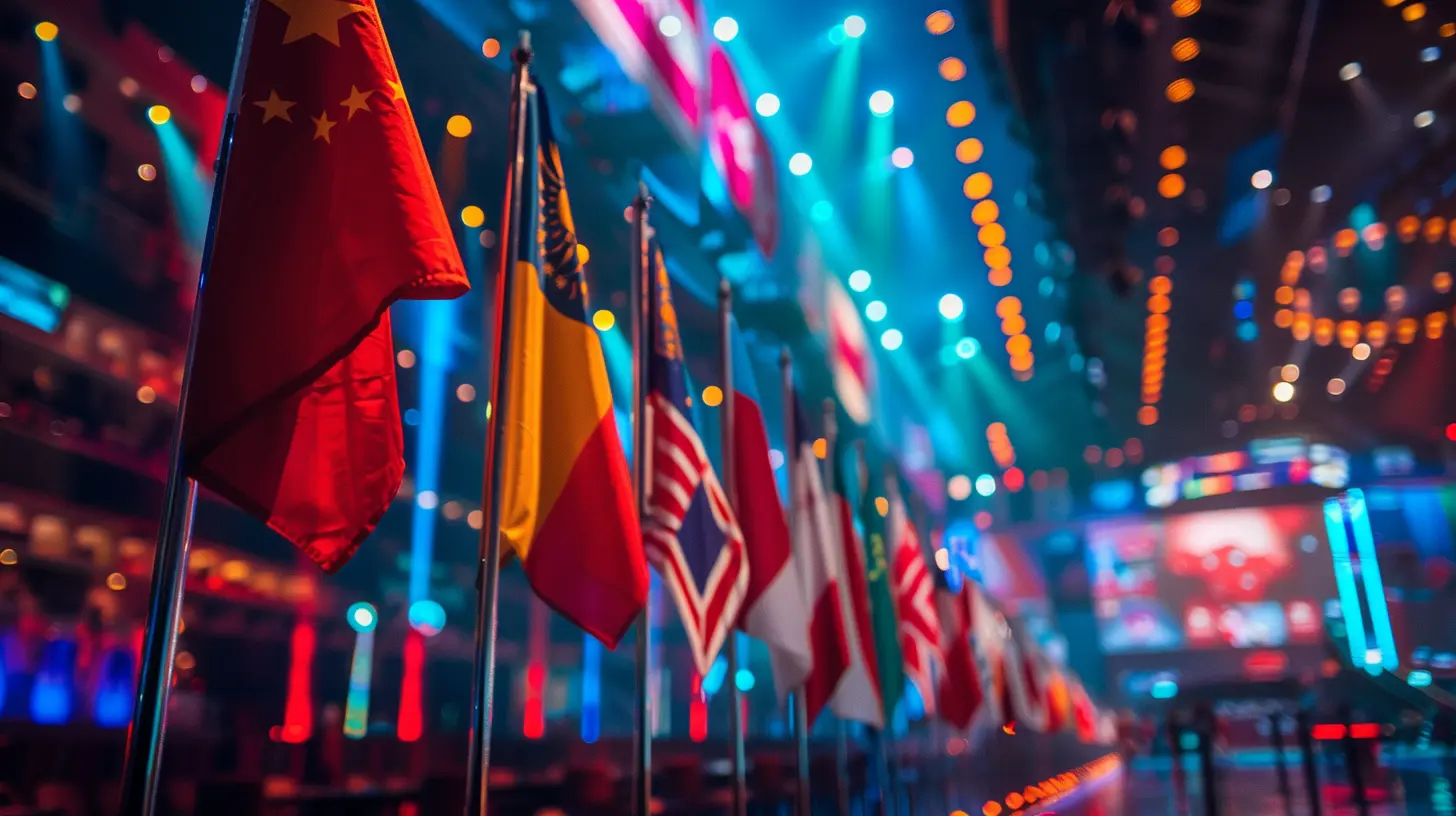
The Power of Infrastructure: Building the Foundation for Success
First things first – infrastructure is EVERYTHING in esports. Think of it as the backbone that holds everything together. Some regions are way ahead simply because they’ve invested heavily in esports infrastructure. We're talking about high-speed internet, access to gaming equipment, and robust gaming environments that foster competition.Take South Korea, for example. South Korea is often referred to as the "Mecca of Esports." Why? Because they’ve been laying the groundwork for decades. Thanks to widespread accessibility to reliable high-speed internet and countless PC bangs (Internet cafes), gaming has been deeply ingrained in their culture. It’s like how soccer is to Brazil – gaming is just part of everyday life.
Without proper infrastructure, there's no way to train or show off talent. If you're stuck with laggy internet and a 7-year-old PC, how are you supposed to compete with players who practice on top-tier gear in optimized environments? It's like trying to win Formula 1 while driving a go-kart.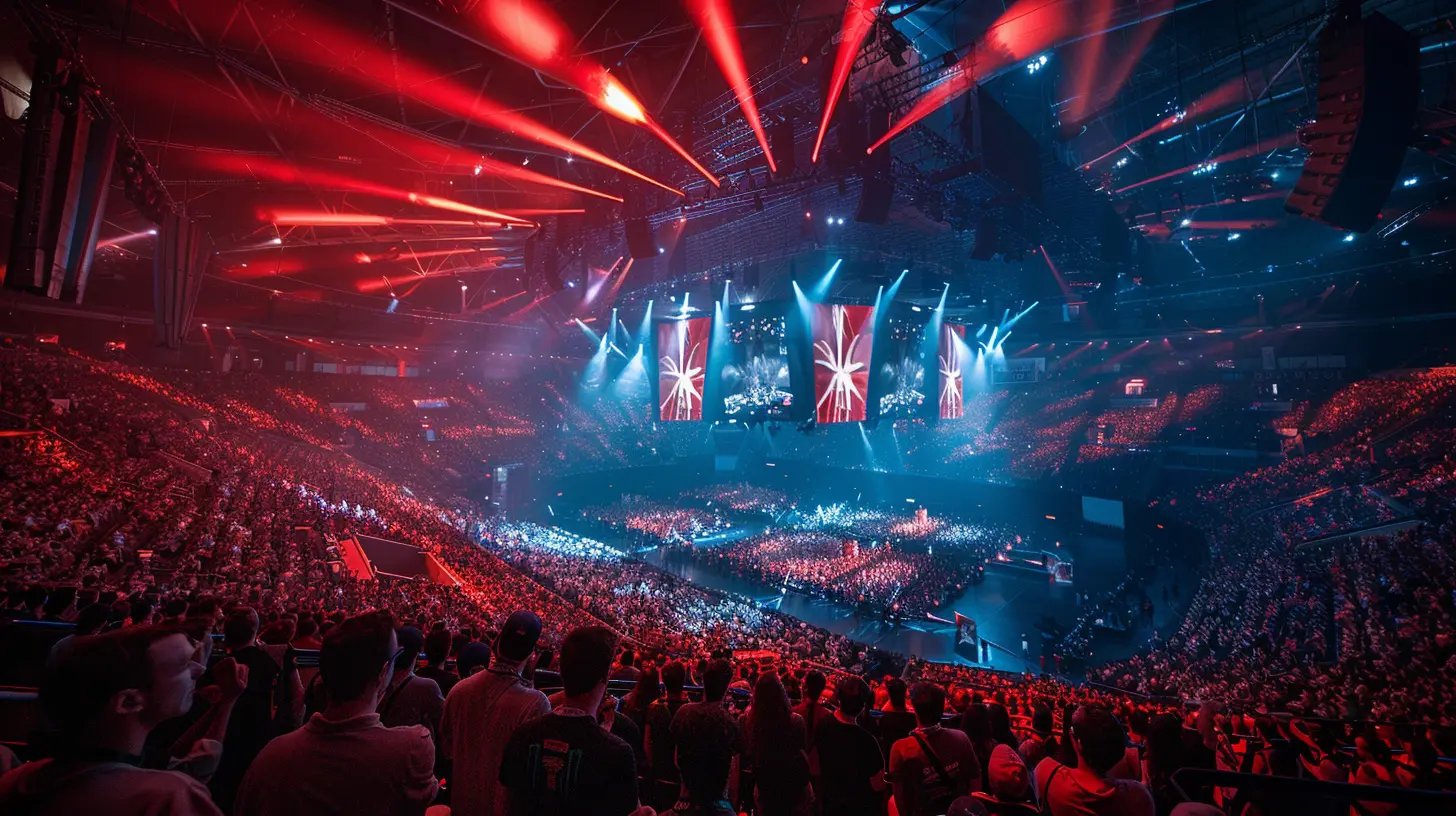
Cultural Acceptance: When Gaming Isn't a "Waste of Time"
Another huge factor is how a culture views gaming. In some countries, gaming is still seen as something kids do to waste time or avoid homework. But in others, it’s a respected activity – even a career path.Take China, for instance. Sure, they’ve had some restrictions on gaming hours recently, but overall, esports has massive government support. National tournaments are aired on TV, and star players are treated like celebrities. It’s inspiring to see the way gaming is taken seriously there.
Compare that to other parts of the world where gamers still have to convince their parents that spending hours in front of a screen isn’t a total waste. If your culture doesn’t value gaming, it’s tough to get the support you need to succeed. And without support? The chances of reaching the top are slim.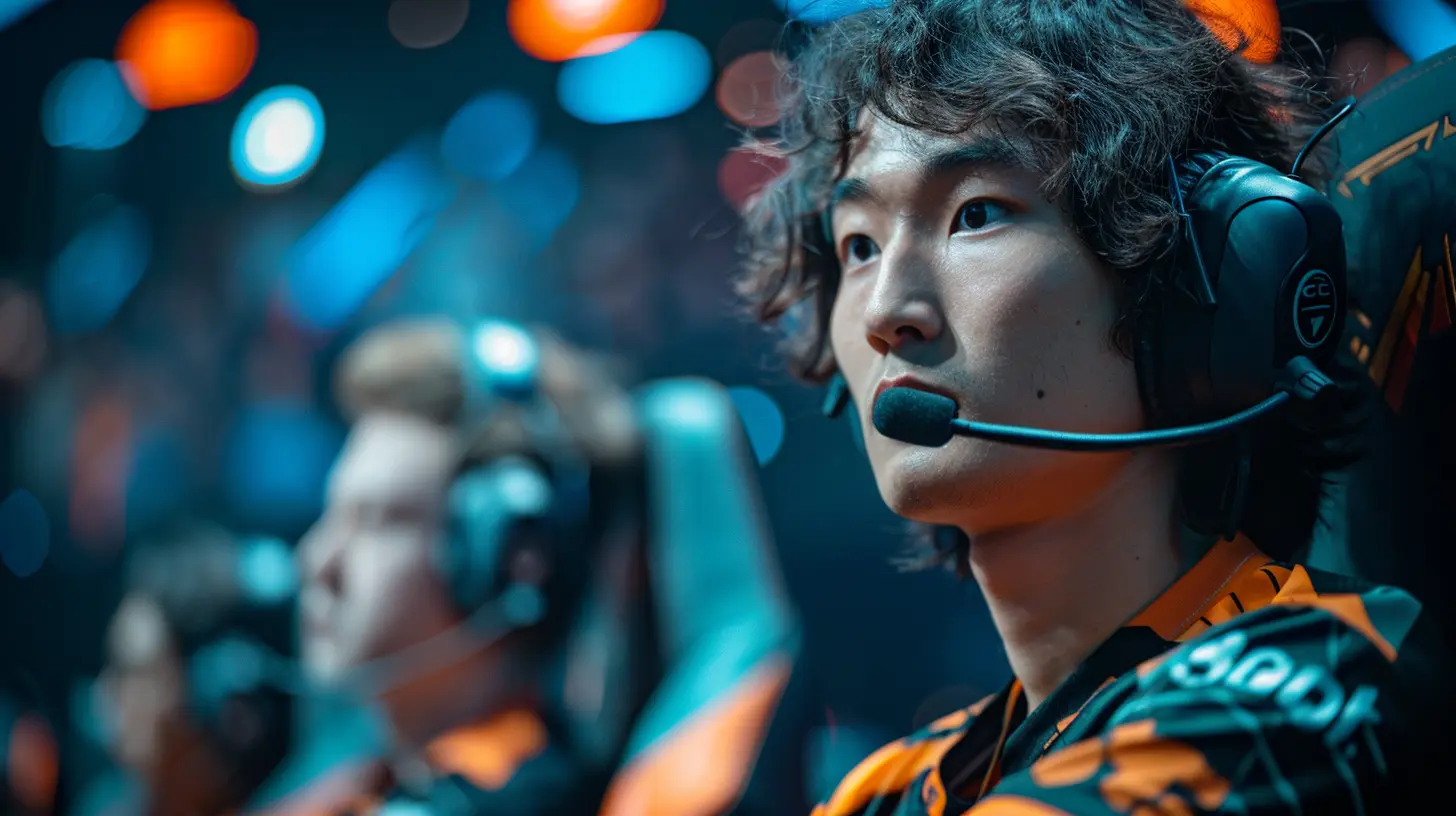
The Role of Government and Private Investment
Speaking of support, let’s talk about money. You know what they say – you’ve gotta spend money to make money. This couldn’t be truer when it comes to esports. Governments and private entities in some countries are pouring millions into tournaments, scholarships, gaming academies, and sponsorships. That financial backing directly translates to higher-quality training opportunities and better facilities.For instance, Denmark has quietly become a hub for Counter-Strike: Global Offensive (CS:GO). Why? Because they’ve got a strong support system for young players. Meanwhile, Japan has seen a massive boom in fighting games thanks to government-backed esports initiatives and a long-standing tradition of arcade culture.
On the flip side, regions that lack funding often struggle to stay competitive. Without proper resources, it’s nearly impossible to sustain full-time players or develop grassroots talent. And let’s face it, if players have to juggle esports with unrelated 9-to-5 jobs just to pay their bills, they’re not going to reach their full potential.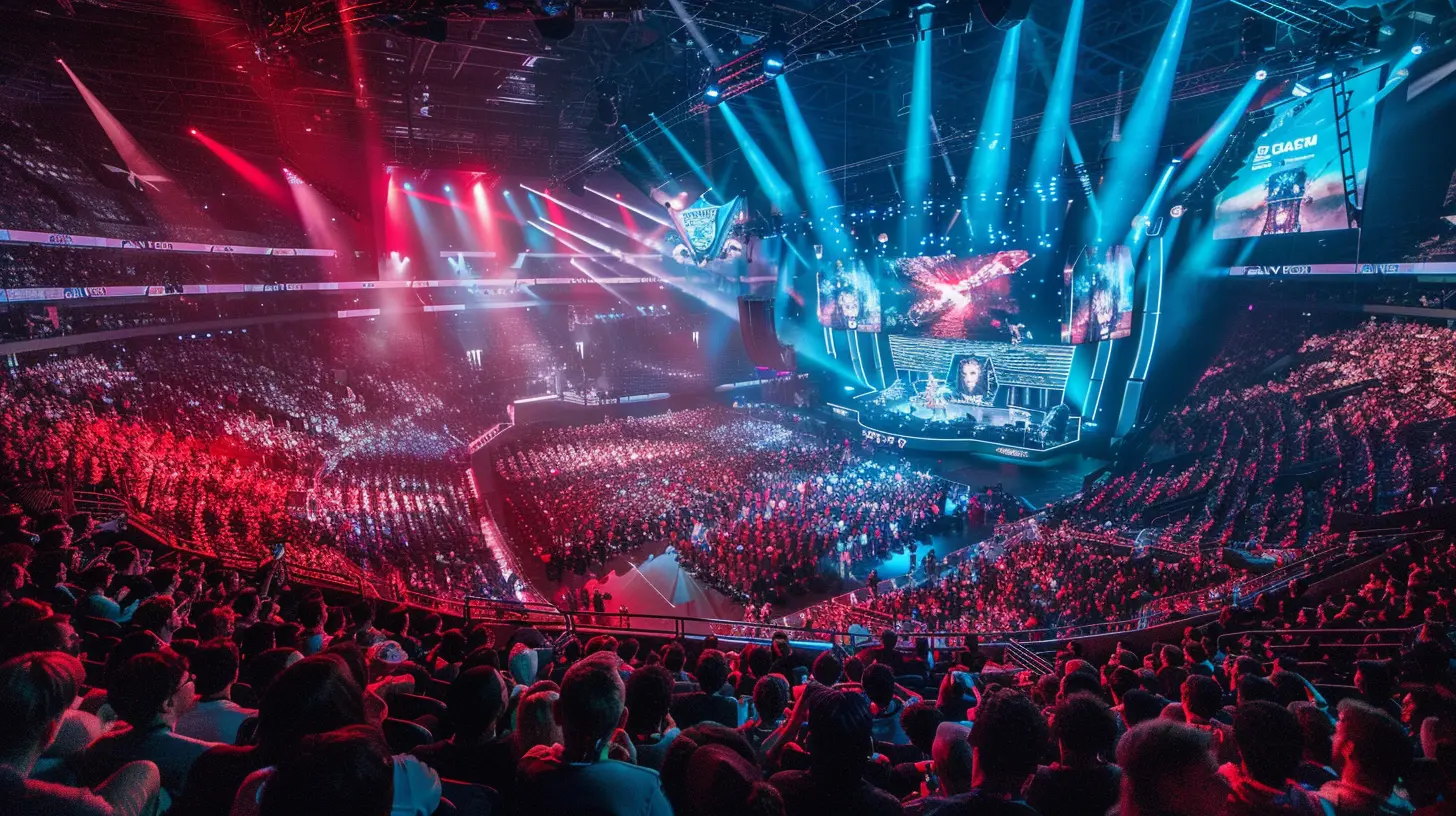
Talent Pools: Quantity Meets Quality
Here’s another thing to consider – talent pools. Some places just seem to churn out gamers like factories. But it’s not just about having a large population. It’s about refining raw talent into something extraordinary.Take Sweden as an example. For a relatively small country, they’ve produced an insane number of top-tier players in games like Dota 2, CS:GO, and even StarCraft. A lot of this comes down to a focus on teamwork and a collaborative gaming culture. Swedish players often value strong communication and structured practice, which translates to success in team-based games.
Meanwhile, the United States is known for excelling in games like Fortnite and Call of Duty, where raw mechanical skill and flashy plays often take center stage. The sheer size of the U.S. population also helps – more people equals a higher chance of finding insanely skilled individuals.
Grassroots Growth and Community Support
Now let’s talk about what happens at the community level. Even the best infrastructure and funding won’t matter if there’s no local support to nurture talent. Some countries dominate esports because they’ve built strong grassroots scenes where players can grow from amateurs into professionals.For example, Brazil has made massive strides in esports over the past decade. The growth of regional leagues and die-hard fan support has helped elevate Brazilian teams in games like CS:GO, League of Legends, and Free Fire. The passion of the community can’t be overstated. It's like having a home crowd cheering you on every step of the way – you feel unstoppable.
Conversely, countries without a strong grassroots system often miss out on discovering talent. If there are no local tournaments or gaming communities, where are potential pros supposed to get their start? It’s like expecting to grow a champion sprinter in a town with no running tracks.
Game-Specific Factors: Picking the Right Battles
Different countries also dominate in specific esports titles. Why? Because certain games resonate more with a region's culture, preferences, or gaming history.Take Japan, for instance. Fighting games like Street Fighter and Tekken have deep roots in Japanese arcade culture. It’s no wonder Japanese players are among the best in the world in these genres. Similarly, South Korea has long dominated games like StarCraft and League of Legends, thanks in part to their hyper-competitive gaming culture and early adoption of these games.
Meanwhile, regions like Southeast Asia excel in mobile esports like Mobile Legends and PUBG Mobile. Mobile games are more accessible in these areas due to the widespread use of smartphones and lower costs compared to gaming PCs or consoles.
This goes to show that it’s not just about being great at any game. Strategic focus on certain titles can give regions a significant edge.
Coaching and Training: The Hidden Advantage
Behind every great player is a solid coach. Training players isn’t just about logging hours in the game; it’s also about strategy, mental toughness, and teamwork. The regions that invest in professional coaching and structured practice see better long-term results.South Korea, once again, is a prime example. Their rigorous practice schedules, analytical approach to games, and experienced coaches give teams a massive advantage. It's not uncommon for Korean teams to practice 12+ hours a day, dissecting every aspect of the game. That's dedication you just can’t fake.
Without proper coaching, even talented players can hit a ceiling. A coach acts like a compass for players, guiding them in the right direction and helping them avoid common pitfalls.
The X-Factor: Passion and Drive
Of course, we can’t forget the human element – passion. At the end of the day, the countries that dominate esports are often the ones where players have the hunger to succeed. They’re willing to grind for hours, endure setbacks, and push themselves to the limit.Passion is contagious too. When players see their peers succeed, it motivates them to aim higher. It’s like a domino effect: one success story inspires a generation. Think of how Faker's rise in League of Legends sparked an entire generation of South Korean players to pick up the game.
Final Thoughts
When you really break it down, regional esports dominance comes down to a combination of factors – infrastructure, cultural acceptance, funding, talent pools, community support, and more. No single thing guarantees success, but when all the pieces come together? That’s when magic happens.And let’s not forget: esports is still evolving. As new games emerge and technology improves, we might see entirely new regions rise to the top. Who knows? The next esports superpower could be just around the corner.
all images in this post were generated using AI tools
Category:
Competitive GamingAuthor:

Luke Baker
Discussion
rate this article
2 comments
Anika Long
Fascinating topic! It’s intriguing to consider how culture, infrastructure, and investment shape regional esports success. Eager to see what factors emerge as key!
June 7, 2025 at 3:22 PM

Luke Baker
Thank you! I'm glad you found it intriguing. I look forward to sharing more insights on the key factors shaping regional esports success.
Gemma Mahoney
Great insights! Regional culture and support clearly play key roles.
June 5, 2025 at 3:37 AM

Luke Baker
Thank you! I appreciate your feedback—regional culture and support are indeed crucial factors in esports success.
